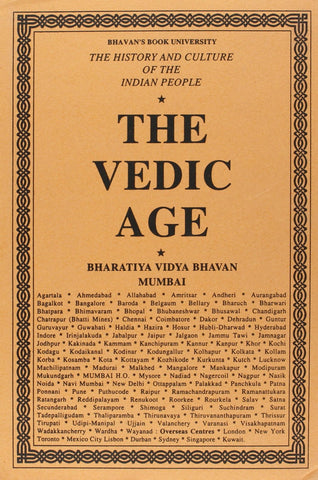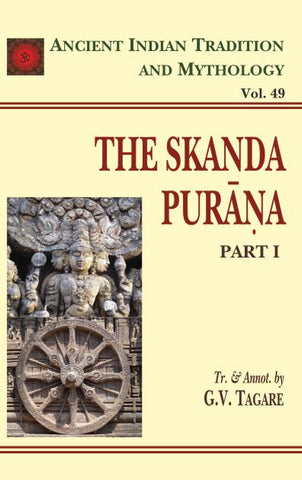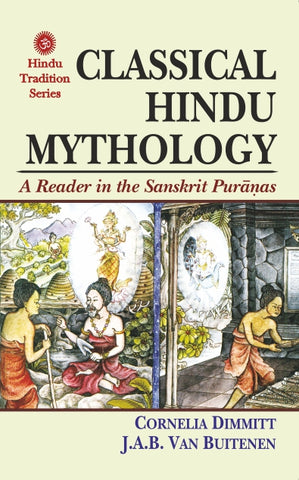Your cart is empty now.
Ramsarran Sankar was born in Campbellville, Georgetown, Guyana. From 1953 to 1964 he served as Clerk of Court in diverse judicial districts in Guyana He also served as Magistrate in Guyana from 1972 to 1975. He has always been keen on the study, teaching, and promotion of Hindi. He has been a member of the priesthood for 27 years. He thinks there is a need in the West for the establishment of institutions for the proper training of Hindu priests. He is resident in England and is now retired from full-time Occupation.
Dear Readers,
Many of you may be aware that this is my second publication on our Hindu Rituals. The first publication 'A Basic Puja Manual for Student Priests' has been very successful since its launch in April 1997. I have named this text "The Hindu Marriage Ceremony - A Text for Student Priests.' It is my first text on any of our Sanskaras, many of which are already regrettably lost while others through infrequent usage, face certain extinction. In modern times our Janeo, Vivah, and Antyeshthi are still performed with great solemnity. This text is merely a guide for students aspiring to the noble profession of the Priesthood, the latter of which is so important and necessary in our Hindu communities. I have again used English as far as possible being aware of the difficulties Sanskrit and Hindi present to our young budding priests of today. My aim is, as it was always, the preservation of our Priesthood and the uniformity of our rituals, aims which I am aware would hardly ever be achieved unless there is in our community at large a sincere faith in the Priesthood resulting in the establishment of reputable institutions for the training of Hindu Priests. The text does not dispense with the oral tradition by which our rituals have hitherto been handed down from the days of our ancestors. Tribute must, of necessity, be paid to those Purohits and Pandits of old who taught our grandfathers in the oral tradition. With the increasing demands of modern life, however, oral traditional teaching must give way to more accessible methods, especially in this modern technological age. In the text, I have tried to give the student a complete set of ceremonies relating to marriage i.e. The Variksha, Teelack, Pitri Shraadh, Haldi, and finally the Marriage Ceremony proper. I must, however, stress that a sound knowledge of our Basic Puja is as essential for the Vivah as it is for any other Sanskaar or ceremony.
At this stage my thanks to Bhai Ramlakhan Singh and family from Sunny Bank, London for their generosity in making this publication possible. Bhai Ramlakhan has an abiding faith in the rituals and traditions of his ancestors. Grateful thanks to my brother-in-law Pt. Satyanand Sukul of Mississauga Canada for having read the draft and commented thereon. May Mother Saraswati shower her copious blessings on all aspirants to the priesthood. May all well-wishers receive her choicest mercies.
I was delighted to be asked to write the foreword for this text on the Hindu marriage ceremony prepared by Pandit Sankar. Panditji has for over 23 years given continuous and dedicated service as a priest, to members of the Asian, Caribbean, and Mauritian communities resident in Europe and North America. He has recently embarked on the task of writing manuals and texts pertaining to rituals and ceremonies of the Hindu faith primarily for aspirants to the priesthood. There is no gainsay and he is eminently qualified to do so, may I add that his selfless service in this connection is to be commended.
It is evident even from a cursory glance of this text that great care has been taken to present a comprehensive account of all rituals relating to the Hindu marriage ceremony. The text begins with the rituals prior to the marriage rites proper and thereafter flows smoothly into the main wedding ceremony. Such is the textual format that with a minimum of help from outside the text, one is able to follow and perform with ease the entirety of the rites and rituals relating to the Hindu marriage. This, no doubt, has been the author's aim and I have no doubt that this aim of his would be achieved. A vel but welcome departure from the traditional texts on Hindu rituals is that English is freely used, explaining various aspects of the rituals. This would be of considerable assistance to members of our Caribbean communities in particular. The language of the priesthood, however, has always been Sanskrit and has been maintained, where necessary in the text. Though prepared primarily for budding priests the text would be useful to all Hindus as well as non-Hindus. Its clarity in matters of detail relating to our marriage ceremony would be an education for all. I urge everyone, therefore, to seek to be in possession of the text even if we might use it for mere reference. It would also be an invaluable guide for those following a course in comparative religion.
Delivery and Shipping Policy
- INTERNATIONAL SHIPPING
- Rs.1000-1100/kg
- ESTD. Delivery Time: 2-3 weeks (depending on location)
- Bubble Wrapped with Extra Padding
- NATIONAL SHIPPING
- NCR: Rs. 30/half kg
- Standard: Rs. 80/half kg
- Express shipments also available on Request
- ESTD. Delivery Time: Ranging from 1-4 days up to 7 business days (Depending on your choice of Delivery)
- TRACKING
- All orders; national or international, will be provided with a Tracking ID to check the status of their respective orders
- Depending on the Shipping Service, Tracking ID may be used on their respective tracking portals
Frequently Asked Questions (FAQs)
Domestic Shipping: 3-4 Days (after shipping)
International Shipping: 1-2 weeks (based on your location)
You will receive an email once your order has been shipped or you can email us if you didn't receive tracking details (info@mlbd.co.in)
Every book that we sell is the latest edition except all the rare books
Yes, we do provide free shipping, only on domestic orders (within India) above Rs.1500

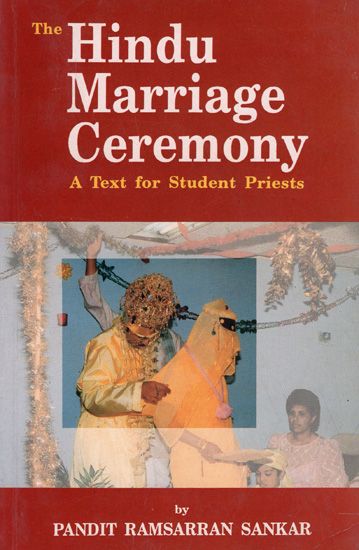





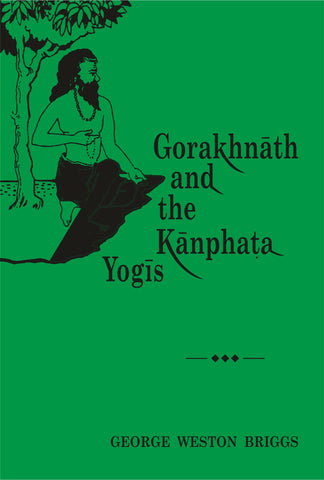
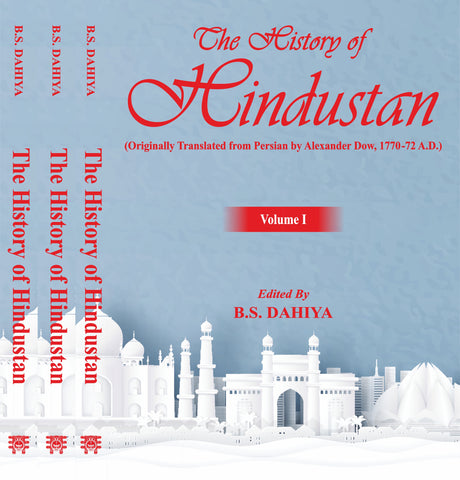
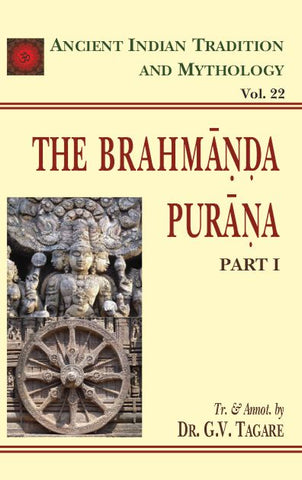
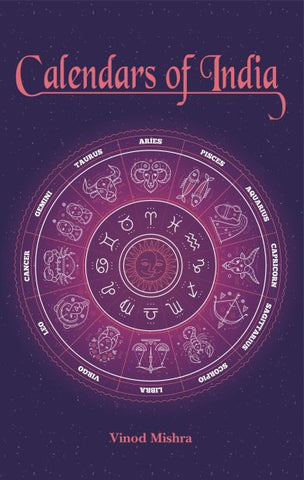
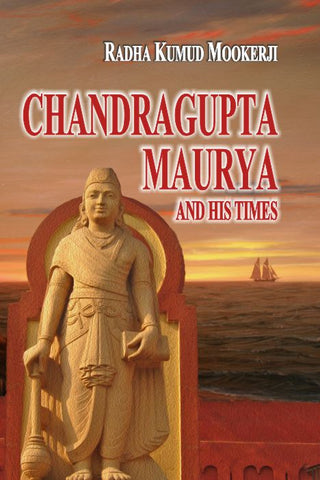
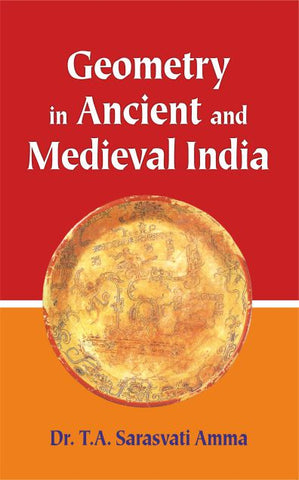
![A HISTORY OF INDIAN PHILOSOPHY [5 VOLUMES] by Surendranath Dasgupta](http://www.motilalbanarsidass.com/cdn/shop/products/HISTORYOFINDIANPHILOSOPHY_large.jpg?v=1675238163)
